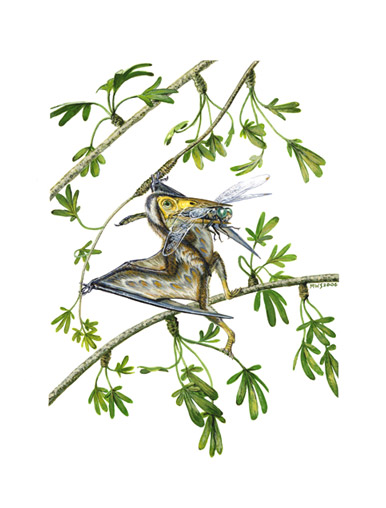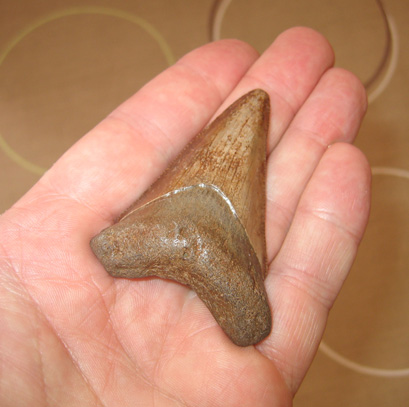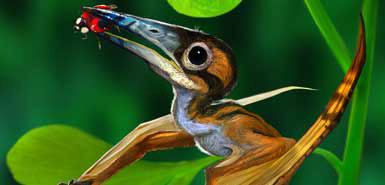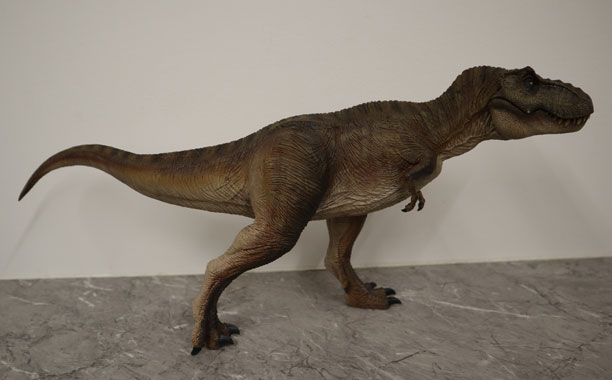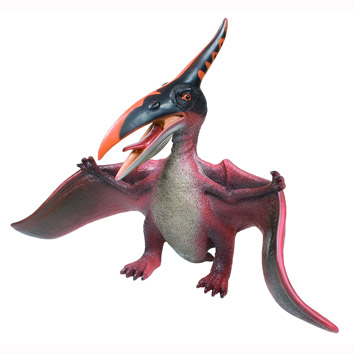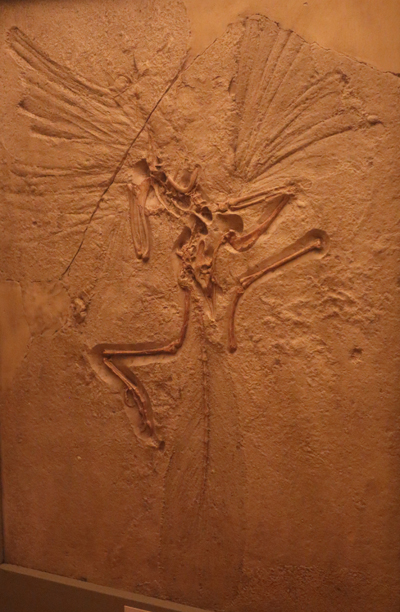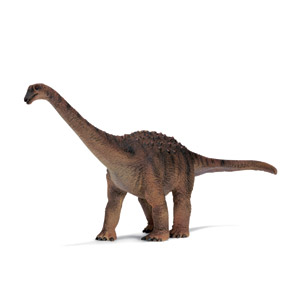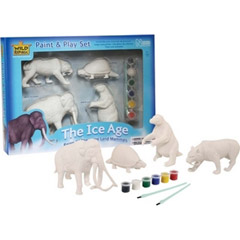Ancient Carnivores of Gondwanaland – Ancestors of the Biggest Meat-eaters of All
A team of palaeontologists from the University of Chicago led by Paul Sereno have published papers on two new carnivores from Gondwanaland, the ancestors of the biggest dinosaur meat-eaters of all.
These two dinosaurs date from the Albian fauna stage of the Lower Cretaceous (approximately 110 million years ago), one was possibly a specialist scavenger, the other a fierce predator, with teeth designed to tackle live prey. The University of Chicago team have had their work published in the scientific journal Acta Palaeontologica Polonica. The paper has been co-authored by Paul Sereno and Stephen Brusatte. Stephen, who worked with Dr Sereno as an undergraduate at the University of Chicago and is now based in Britain, commented on the importance of these two finds. He stated that the different dentition and shape of the skulls gave the scientists an insight into the type of food these animals ate, comparing the 110 million year old fossils to the type of ecosystem found on the Masai Mara with Hyenas and Lions.
The partial, incomplete fossil skeletons were first unearthed in 2000, in the African country of Niger. Niger has proved to be a lucrative hunting ground for the University of Chicago with Dr Sereno being responsible for a number of prehistoric animal discoveries.
The dinosaurs have been named Kryptops palaios (means old hidden face) and Eocarcharia dinops (means fierce-eyed dawn shark). Kryptops had a horny ridge covering much of its snout, the blunt muzzle and the relatively small but sharp teeth indicate that this animal may have specialised in scavenging the kills of other predators. Eocarcharia was about the same size as Kryptops at about 8 metres long and standing 2.2 metres at the hips, it also had a bony brow, typical of the Allosauroidea family. The re-curved and very sharp teeth of Eocarcharia indicate that this animal was a predator, tackling live prey. Perhaps Eocarcharia hunted Nigersaurus, the strange long-necked herbivore that may have grazed like a cow. Nigersaurus has also been researched by Paul Sereno and other scientists from the University of Chicago.
To read more about the peculiar dinosaur Nigersaurus: Nigersaurus – the Dinosaur that grazed like a Cow
The 2000 expedition turned out to be a triumph for the University. Their team found bones from about a dozen new species of prehistoric animals and for good measure the University staff also uncovered one of the richest archaeological sites that has been found in the area.
Dr Sereno is hoping that the Niger Government will build a museum to house some of his discoveries from the area, an important ecosystem during the early Cretaceous, as this part of Gondwanaland was close to the location of the the rift in the southern super-continent that led to the formation of the Atlantic ocean.
Kryptops palaios is depicted as a potential member of the abelisaurs, this dinosaur is shown as having tiny forelimbs, proportionately even smaller than Tyrannosaurus rex. The four-fingered hands are so small, scientists are unsure what use they would have been to this animal, perhaps like the tyrannosaurs of the northern landmasses the abelisaurs evolved fore-shortened limbs to counterbalance the weight of their large skulls.
Abelisaurs are predominately associated with Gondwanaland. These large theropods had deep skulls but relatively light lower jaws and the teeth may have been better suited to gnawing and raking flesh from a carcase than attacking other animals. Perhaps abelisaurs had their own peculiar hunting strategies which scientists have not worked out yet.
The best known abelisaur is probably Carnotaurus (means “meat-eating bull”), which again dates from the Albian faunal stage of the Cretaceous (110 million years ago). Unlike Kryptops, Carnotaurus heralds from the land that was to become Argentina, its fossils have been found in South America, so it lived on the other side of the geological rift that was opening up to form the Atlantic.
Carnotaurus Model (Natural History Museum)
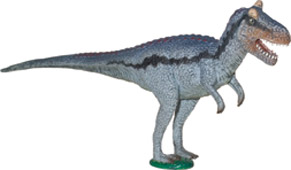
Abelisaurid Carnotaurus dinosaur model.
Picture credit: Everything Dinosaur
To view a model of Carnotaurus and other dinosaurs: Dinosaurs and Prehistoric Animal Models.
Eocarcharia may well turn out to be a member of the allosaur family. Allosaurs died out as the Cretaceous progressed, gradually being replaced by the abelisaurs and tyrannosaurs although a number of different Allosaurs survived as “living fossils” on the southern landmasses. The allosaur group may have given rise to the largest meat-eating land animals ever, animals such as Carcharodontosaurus (means “shark-toothed lizard”) and Giganotosaurus. These giant theropods from Gondwanaland may have grown to lengths of more than 45 feet and weighed 8 Tonnes, making them bigger than Tyrannosaurus rex. Eocarcharia might be an ancestor of these animals.
Eocarcharia shows typical allosaur-like features with grasping three-fingered hands, an “S” shaped neck and powerful hind legs. The mighty Giganotosaurus may well have evolved from animals similar to Eocarcharia, so this 8 metre theropod could claim to have a direct link to the largest meat-eating dinosaurs known to date.
Giganotosaurus was a massive animal, capable of picking up a medium sized iguanodontid in its huge jaws. Its skull was twice the size of the North America Allosaurus from the famous Morrison Formation of the Upper Jurassic of Utah.
To see dinosaur toys and other prehistoric animal themed items: Visit Everyything Dinosaur.
Giganotosaurus means “Giant Southern Lizard” and along with other giants such as Mapusaurus it must have terrorised the other animals around at the time.
Chicago Field Museum dinosaur curator Peter Makovicky commented that the discoveries provided scientists with information on how the break up of Gondwanaland may have affected ecosystems and shed more light on continental drift.
“A lot of people think it’s T. rex, it’s Stegosaurus, it’s Triceratops,’’ he said, but it’s much more than that. “Dinosaurs roamed the earth for 100 million years. We are continuously finding more and more and learning more and more from them.’’
Certainly for Paul Sereno and his team, Niger has proved to be a great place to look for new dinosaurs.


